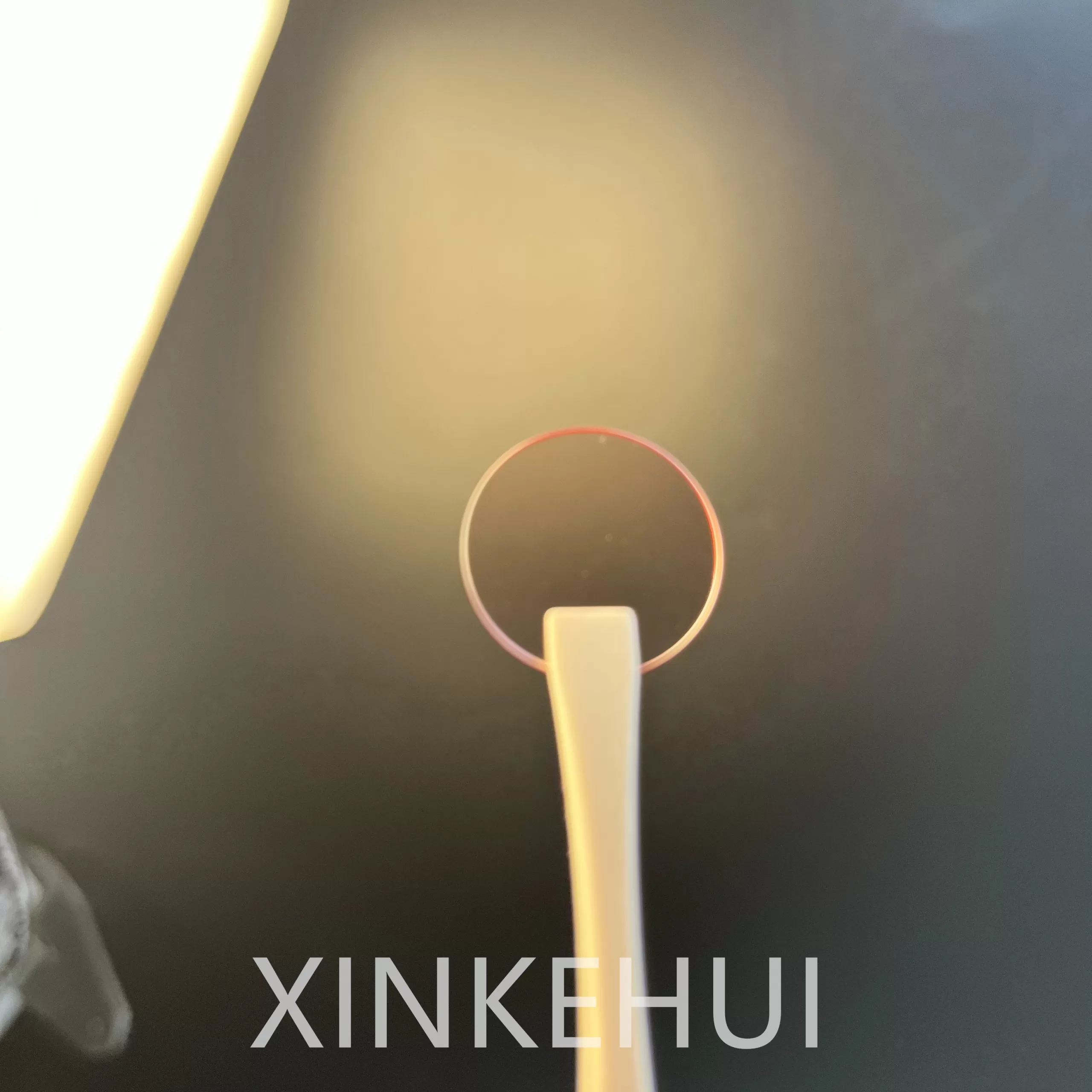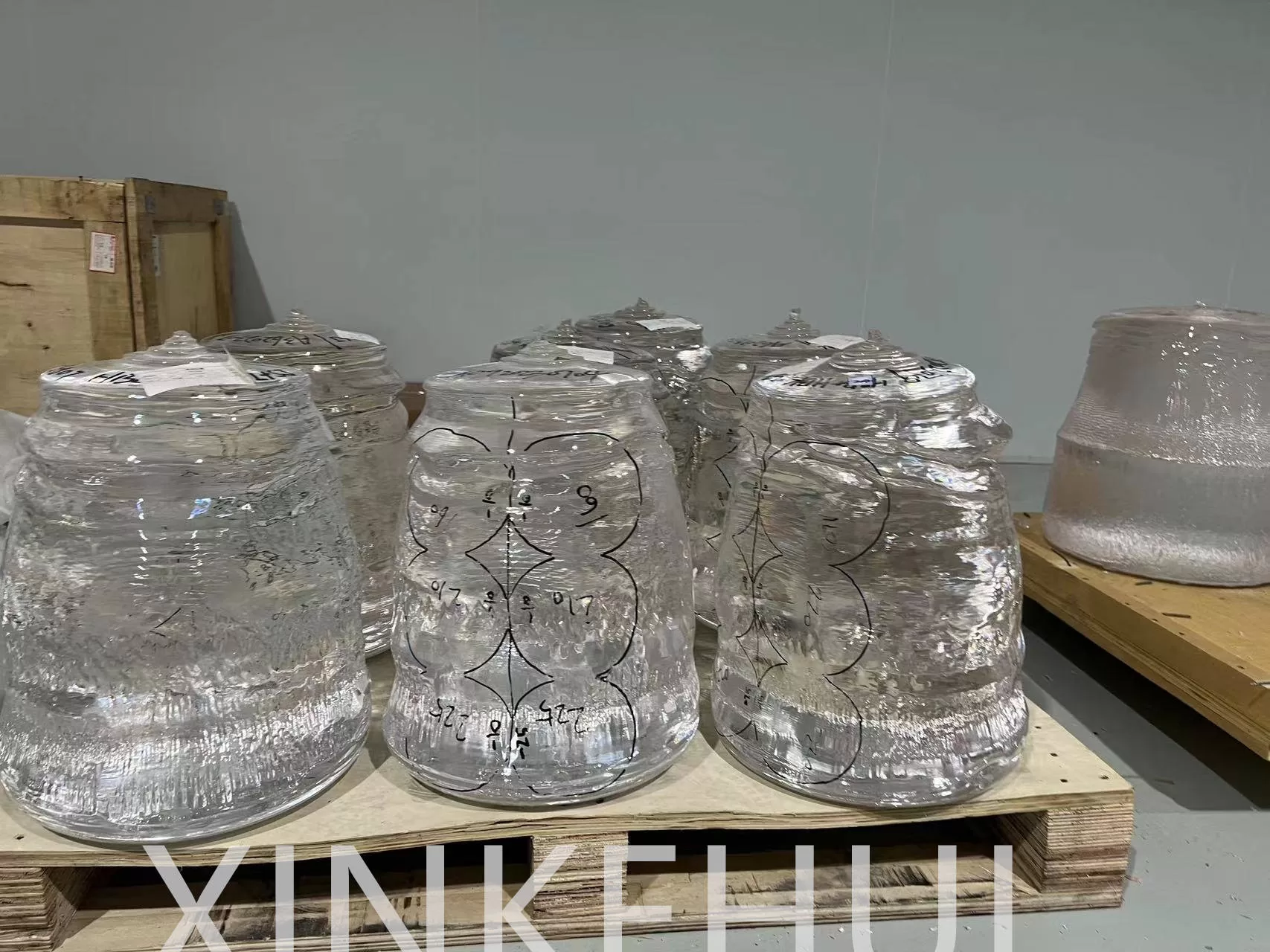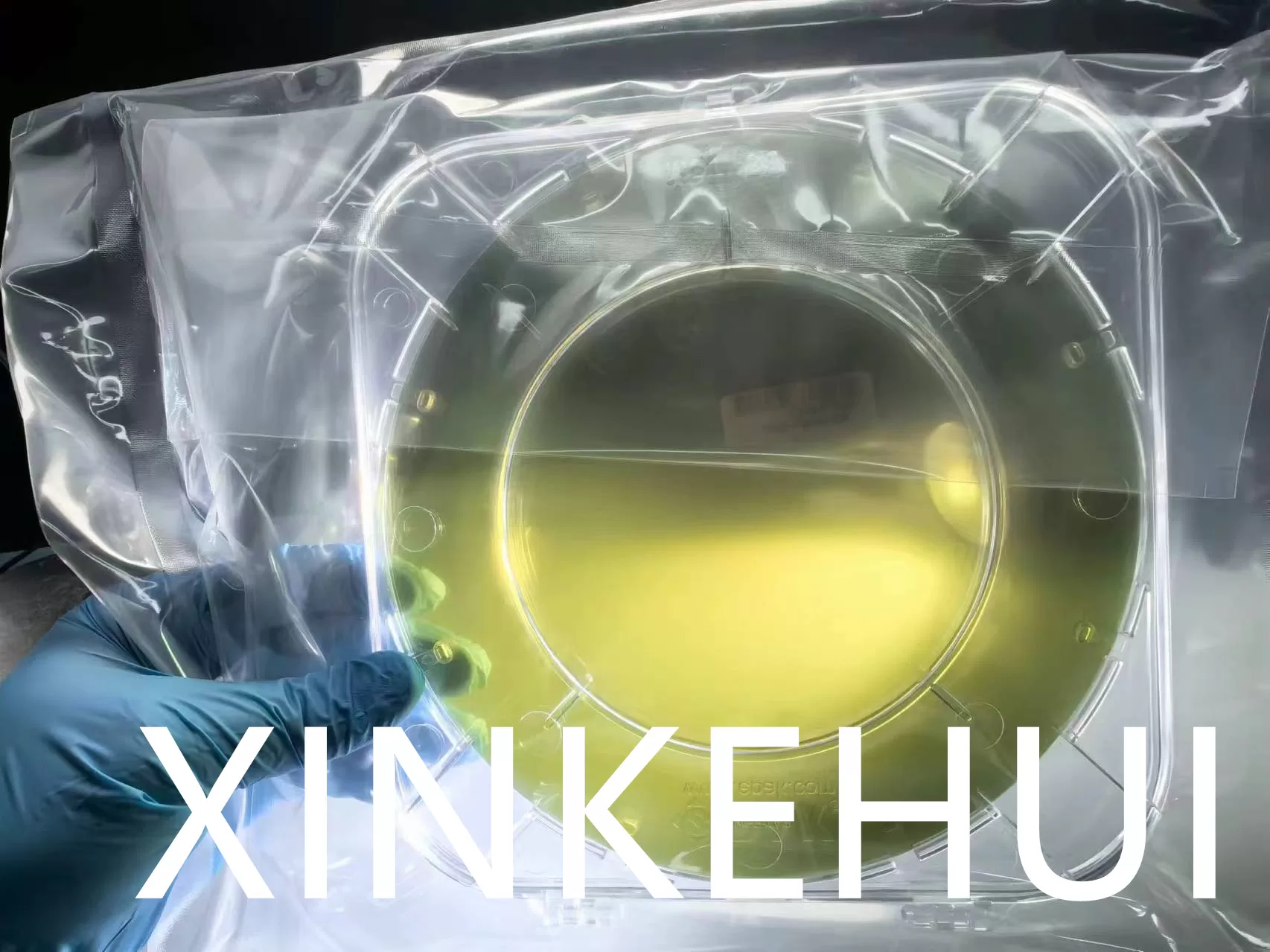Focus on the field of new material !
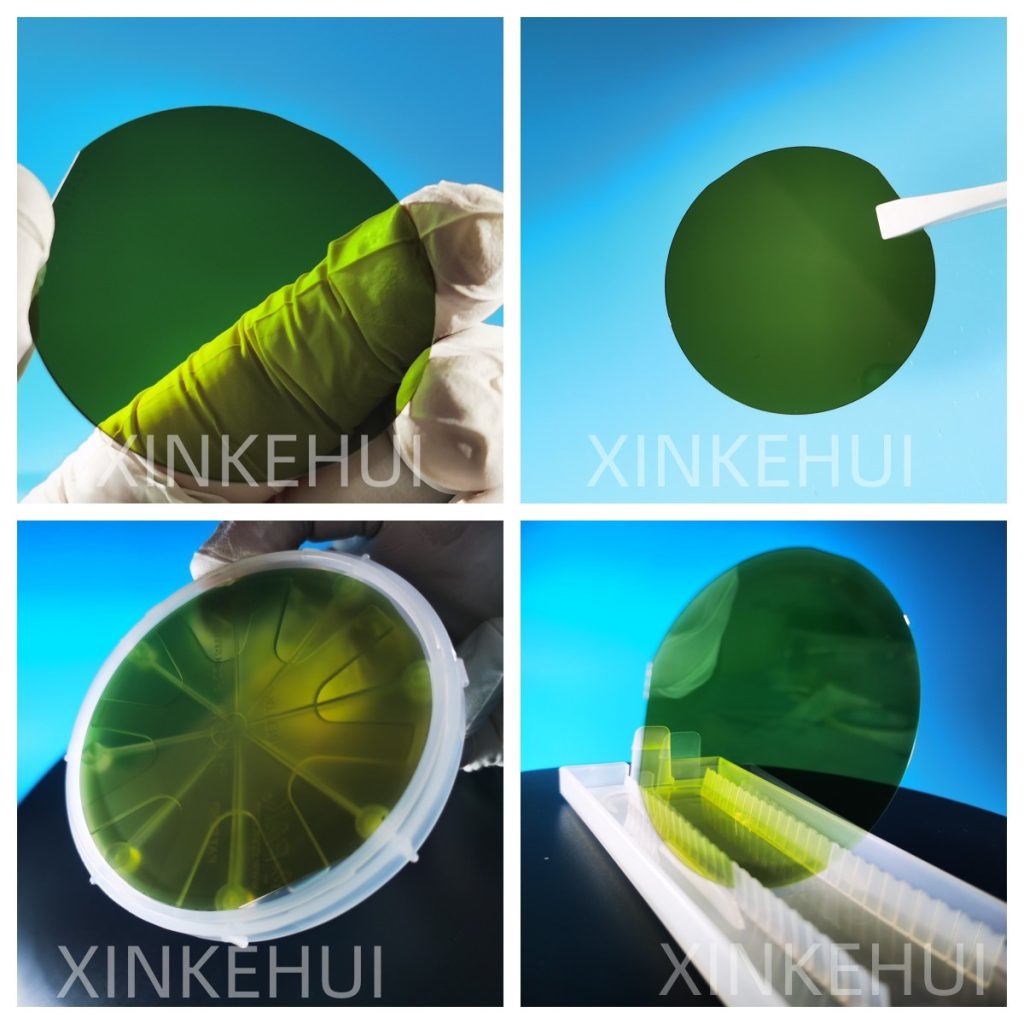
The 4H N-Type Silicon Carbide (SiC) Substrate stands at the forefront of semiconductor technology, embodying a range of superior attributes that propel electronic applications into new frontiers. This product overview explores the fundamental characteristics, diverse applications, and inherent advantages that define the 4H N-Type SiC Substrate, elucidating its pivotal role in advancing high-performance semiconductor devices.
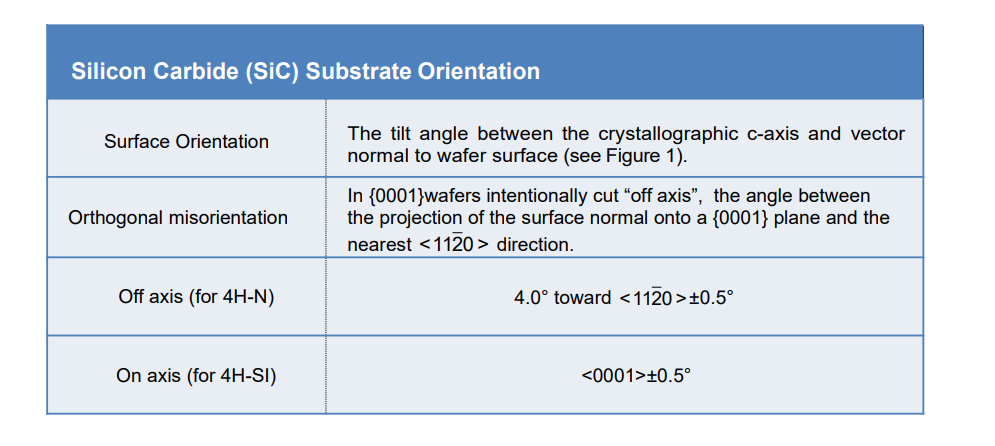
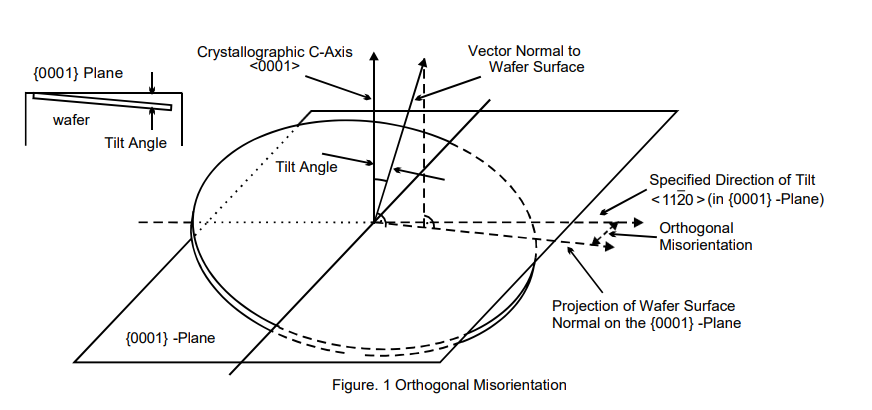
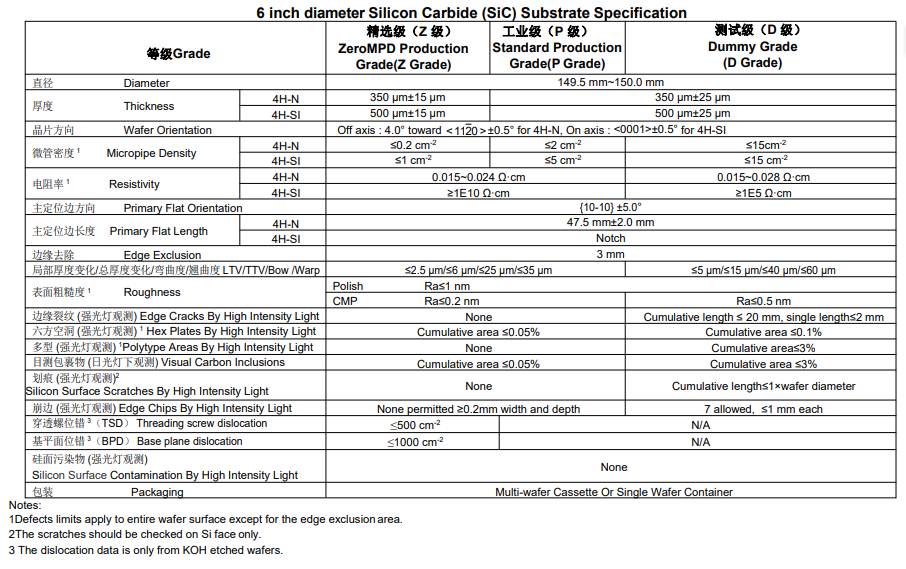
The key characteristics of the 4H N-Type Silicon Carbide (SiC) Substrate define its exceptional role in semiconductor technology, setting it apart as a pioneering material with attributes that redefine the landscape of electronic applications. This in-depth exploration unveils the multifaceted nature of the substrate, shedding light on its fundamental properties that underpin its significance in the realm of high-performance semiconductor devices.
Crystal Structure Excellence: At the core of the 4H N-Type SiC Substrate lies a hexagonal crystal structure, providing not just a foundation but a structural brilliance for semiconductor devices. This unique arrangement contributes to outstanding electronic and thermal properties, forming the basis for diverse applications across industries.
Doping Dynamics: As an N-Type substrate, deliberate doping introduces a surplus of electrons, a strategic move that elevates conductivity and performance. This dynamic characteristic is pivotal for the meticulous fabrication of electronic devices, allowing for precise control over charge carriers and enhancing the overall functionality of semiconductor components.
Wide Bandgap Brilliance: The defining trait of SiC, the wide bandgap, acts as a beacon of brilliance for devices operating on this substrate. This feature empowers these devices to operate with remarkable efficiency at elevated temperatures and voltages, thereby expanding the horizons of applications, particularly in the realm of high-power and high-frequency electronic systems.
Thermal Stability Triumph: The 4H N-Type SiC Substrate exhibits a commendable level of thermal stability, positioning itself as a stalwart in applications demanding resilience to elevated temperatures. This characteristic is of paramount importance in power electronics and high-temperature sensor applications, where consistent performance under thermal stress is critical.
High Electron Mobility Mastery: In the realm of semiconductor devices, high electron mobility is a coveted attribute, and SiC delivers on this front. The substrate’s ability to facilitate swift charge carrier movement within devices contributes significantly to the operational efficiency of electronic components, marking a mastery in electron mobility.
Chemical Inertness: Chemical inertness stands as a shield for the 4H N-Type SiC Substrate, rendering it resistant to corrosion and degradation in the presence of aggressive chemicals. This quality not only enhances the substrate’s longevity but also ensures the reliability of devices manufactured on this material in chemically challenging environments.
Optical Transparency Triumph: In applications where optical transparency is a prerequisite, the 4H N-Type SiC Substrate emerges triumphant. Its optical properties make it an ideal choice for optoelectronic devices such as LEDs and photodetectors, where efficient light emission and detection are facilitated by its wide bandgap.
Semiconductor Compatibility: Seamless integration with a diverse array of semiconductor processes is a hallmark of the 4H N-Type SiC Substrate. This compatibility ensures the smooth incorporation of SiC-based devices into existing semiconductor manufacturing workflows, fostering versatility in device fabrication.
In essence, the key characteristics of the 4H N-Type SiC Substrate collectively create a tapestry of excellence, weaving together structural brilliance, dynamic conductivity, wide bandgap capabilities, thermal resilience, electron mobility mastery, chemical resistance, optical transparency, and seamless semiconductor compatibility. This multifaceted nature positions the substrate as a linchpin in the evolution of high-performance semiconductor devices, driving innovation and redefining possibilities in electronic applications across industries.

Applications of 4H N-Type Silicon Carbide (SiC) Substrate
The 4H N-Type SiC Substrate, with its unique combination of properties, finds diverse applications across various industries, pushing the boundaries of electronic device capabilities. This comprehensive overview explores the extensive range of applications where the 4H N-Type SiC Substrate plays a pivotal role, contributing to advancements in power electronics, optoelectronics, and high-temperature environments.
1. Power Electronics: One of the primary and impactful applications of the 4H N-Type SiC Substrate is in power electronics. The substrate’s wide bandgap and high thermal stability make it ideal for manufacturing high-voltage and high-frequency devices such as inverters, converters, and power amplifiers. The enhanced power density and efficiency offered by SiC devices revolutionize the power electronics landscape, enabling compact and energy-efficient solutions.
2. High-Temperature Sensors: The exceptional thermal stability of the 4H N-Type SiC Substrate positions it as a key player in the development of high-temperature sensors. These sensors find applications in aerospace, automotive, and industrial settings where reliable and accurate temperature measurements are crucial. The substrate’s ability to withstand elevated temperatures ensures the durability and precision of high-temperature sensing devices.
3. Light-Emitting Diodes (LEDs) and Optoelectronics: Optical transparency and wide bandgap characteristics make the 4H N-Type SiC Substrate well-suited for LEDs and optoelectronic devices. It serves as a platform for the fabrication of high-performance LEDs, offering efficiency in light emission. The substrate’s compatibility with optoelectronic applications contributes to the development of advanced lighting systems and optical communication devices.

4. Radiofrequency (RF) and Microwave Devices: The high electron mobility of SiC makes it a preferred choice for RF and microwave devices. The 4H N-Type SiC Substrate contributes to the development of high-frequency communication systems, including RF power amplifiers and microwave transistors. Its ability to handle high frequencies efficiently is crucial for applications in wireless communication and radar systems.
5. High-Temperature Electronics: In environments with extreme temperatures, such as those encountered in space exploration, the 4H N-Type SiC Substrate plays a crucial role in high-temperature electronics. Its thermal stability allows for the creation of electronic components that can operate reliably in challenging thermal conditions, expanding the horizons of electronic systems beyond the constraints of traditional materials.
6. Semiconductor Research and Development: The 4H N-Type SiC Substrate serves as a versatile platform for semiconductor research and development. Researchers leverage its unique properties to explore and innovate in the realm of advanced electronic devices and materials. The substrate’s compatibility with semiconductor processes facilitates experimentation and the development of cutting-edge semiconductor technologies.
7. Hybrid Electric Vehicles (HEVs) and Electric Vehicles (EVs): The automotive industry benefits from the application of 4H N-Type SiC Substrate in hybrid and electric vehicles. Its use in power electronics contributes to the efficiency and performance of electric drivetrains. The substrate’s ability to handle high temperatures is particularly advantageous in the demanding thermal conditions of electric vehicle power systems.
8. Renewable Energy Systems: In the field of renewable energy, the 4H N-Type SiC Substrate finds application in systems like solar inverters and wind power converters. Its high thermal stability and efficiency in power electronics contribute to the overall performance and reliability of renewable energy conversion systems.

9. Communication Systems: The 4H N-Type SiC Substrate’s contribution extends to communication systems, where its use in RF and microwave devices enhances the efficiency of signal processing and transmission. This is particularly relevant in the development of advanced communication technologies and networks.

10. Aerospace Electronics: In aerospace applications, where the demands for lightweight and high-performance electronic components are critical, the 4H N-Type SiC Substrate finds application in the manufacturing of electronic systems for aircraft and spacecraft. Its resilience to high temperatures and radiation makes it suitable for aerospace environments.
In summary, the 4H N-Type SiC Substrate’s applications span a broad spectrum, influencing advancements in power electronics, optoelectronics, high-temperature sensing, communication systems, and various other industries. Its versatility and unique combination of properties make it an indispensable material for driving innovation in electronic devices across diverse applications.
The 4H N-Type SiC Substrate, with its exceptional properties and versatile applications, holds immense development potential in the rapidly evolving landscape of semiconductor technology. This comprehensive exploration delves into the various aspects that contribute to the development potential of the 4H N-Type SiC Substrate, highlighting its role in addressing emerging challenges and driving innovation in electronic devices.
1. Advancements in Power Electronics: The development potential of the 4H N-Type SiC Substrate is prominently seen in the realm of power electronics. As demands for higher efficiency and power density escalate, SiC-based devices, enabled by this substrate, are at the forefront. The wide bandgap and thermal stability of SiC contribute to the creation of compact and energy-efficient power electronic systems, paving the way for advancements in electric vehicles, renewable energy systems, and industrial power applications.
2. High-Temperature Electronics Evolution: The substrate’s remarkable thermal stability positions it as a catalyst for the evolution of high-temperature electronics. As industries explore applications in extreme environments, from space exploration to industrial processes, the 4H N-Type SiC Substrate becomes instrumental. Its ability to withstand elevated temperatures ensures the reliability of electronic components in conditions that challenge traditional materials.
3. Expansion in Optoelectronic Technologies: The 4H N-Type SiC Substrate contributes to the expansion of optoelectronic technologies. With optical transparency and compatibility with optoelectronic applications, this substrate plays a crucial role in the development of high-performance LEDs, photodetectors, and other optical devices. The potential applications span from advanced lighting solutions to optical communication systems.
4. Integration in Communication Systems: In the rapidly evolving landscape of communication systems, the 4H N-Type SiC Substrate’s high electron mobility and compatibility with RF and microwave devices contribute to the development of advanced communication technologies. This includes the creation of high-frequency communication systems, enhancing signal processing, and driving the evolution of wireless communication networks.
5. Automotive Electrification Revolution: As the automotive industry undergoes a revolution in electrification, the 4H N-Type SiC Substrate plays a pivotal role in advancing hybrid electric vehicles (HEVs) and electric vehicles (EVs). Its application in power electronics enhances the efficiency and performance of electric drivetrains, contributing to the development of cleaner and more energy-efficient transportation solutions.
6. Research and Innovation Hub: The 4H N-Type SiC Substrate serves as a hub for research and innovation in the semiconductor field. Researchers leverage its unique properties to explore new frontiers in electronic devices and materials. The substrate’s compatibility with semiconductor processes fosters experimentation, leading to breakthroughs in semiconductor technologies and the development of novel devices.
7. Green Energy Solutions: In the pursuit of sustainable and green energy solutions, the 4H N-Type SiC Substrate emerges as a key enabler. Its application in renewable energy systems, such as solar inverters and wind power converters, contributes to the efficiency and reliability of these systems. The substrate’s thermal stability is particularly advantageous in renewable energy applications, where temperature variations can be significant.
8. Aerospace Technological Advancements: In the aerospace industry, where lightweight and high-performance electronic components are essential, the 4H N-Type SiC Substrate fuels technological advancements. Its resilience to high temperatures and radiation makes it a valuable material for manufacturing electronic systems for aircraft and spacecraft, contributing to the development of cutting-edge aerospace technologies.
9. Semiconductor Industry Evolution: The 4H N-Type SiC Substrate is poised to contribute significantly to the evolution of the semiconductor industry. As demands for higher efficiency, miniaturization, and reliability grow, SiC-based devices enabled by this substrate become integral in meeting these evolving industry requirements. The substrate’s compatibility with existing semiconductor processes positions it as a cornerstone for future semiconductor technologies.
10. Global Technological Leadership: The development potential of the 4H N-Type SiC Substrate places it on the trajectory to establish global technological leadership. As industries worldwide seek innovative solutions for electronic devices, SiC-based technologies facilitated by this substrate become key players in shaping the future of electronics, positioning it as a leader in the semiconductor materials landscape.
In conclusion, the 4H N-Type SiC Substrate’s development potential is multi-faceted, impacting various industries and contributing to advancements in power electronics, high-temperature applications, optoelectronics, communication systems, automotive electrification, green energy solutions, aerospace technologies, and the overall evolution of the semiconductor industry. Its unique properties and versatility position it as a driving force in shaping the technological landscape for years to come.
Advantages of 4H N-Type Silicon Carbide (SiC) Substrate
The 4H N-Type Silicon Carbide (SiC) Substrate stands out in the realm of semiconductor materials, boasting a myriad of advantages that contribute to its widespread adoption and significance in various industries. This comprehensive overview explores the extensive list of advantages offered by the 4H N-Type SiC Substrate, emphasizing its impact on power electronics, high-temperature applications, optoelectronics, and beyond.
1. Wide Bandgap Advantage: A primary advantage of the 4H N-Type SiC Substrate is its wide bandgap. This characteristic enables devices fabricated on this substrate to operate efficiently at higher temperatures and voltages. The wide bandgap contributes to lower leakage currents, reduced on-state resistance, and enhanced performance in high-power applications, making it a cornerstone in the advancement of power electronics.
2. High Thermal Conductivity: The 4H N-Type SiC Substrate exhibits high thermal conductivity, a critical advantage in applications where efficient heat dissipation is essential. This property helps in managing temperature gradients within electronic devices, ensuring optimal performance even in high-temperature environments. The substrate’s thermal conductivity contributes to the longevity and reliability of devices operating under thermal stress.
3. Exceptional Thermal Stability: Thermal stability is a standout advantage of the 4H N-Type SiC Substrate. It can withstand elevated temperatures without significant degradation, making it suitable for applications in high-temperature environments. This advantage is particularly valuable in power electronics, high-temperature sensors, and aerospace applications where consistent performance under thermal stress is paramount.
4. High Electron Mobility: SiC’s high electron mobility is a key advantage that facilitates the swift movement of charge carriers within semiconductor devices. This attribute enhances the overall efficiency and performance of electronic components, contributing to the development of high-speed and high-frequency devices. The high electron mobility is particularly advantageous in RF and microwave applications.
5. Chemical Inertness and Corrosion Resistance: The 4H N-Type SiC Substrate demonstrates chemical inertness and resistance to corrosion. This advantage ensures the substrate’s durability and longevity in the presence of aggressive chemicals, making it suitable for applications in corrosive environments. The chemical stability enhances the reliability of devices, especially in industrial and chemical processing settings.
6. Optical Transparency: Optical transparency is a distinct advantage of the 4H N-Type SiC Substrate. This property makes it suitable for optoelectronic applications, including the fabrication of LEDs and photodetectors. The substrate’s optical transparency contributes to the efficiency of light emission and detection in various optical devices, expanding its applications in lighting and communication systems.
7. Compatibility with Semiconductor Processes: The 4H N-Type SiC Substrate is compatible with a wide range of semiconductor processes. This compatibility streamlines the integration of SiC-based devices into existing semiconductor manufacturing workflows, facilitating the production of advanced electronic components. The substrate’s compatibility supports seamless adoption in the semiconductor industry.
8. Versatility in Power Electronics: In power electronics, the 4H N-Type SiC Substrate offers unparalleled advantages. Its wide bandgap, high thermal conductivity, and high electron mobility contribute to the creation of high-voltage, high-frequency devices with improved power density. This versatility enhances the efficiency and compactness of power electronic systems, making them suitable for a diverse range of applications, including electric vehicles and renewable energy systems.
9. Environmental Resilience: The 4H N-Type SiC Substrate’s resilience to harsh environmental conditions, including high temperatures and corrosive atmospheres, is a significant advantage. This property extends the substrate’s applicability to demanding environments in aerospace, automotive, and industrial settings, where reliable performance under challenging conditions is essential.
10. Contribution to Green Technologies: An overarching advantage of the 4H N-Type SiC Substrate lies in its contribution to green technologies. Its role in power electronics, renewable energy systems, and electric vehicles aligns with the global push towards sustainability. The substrate’s efficiency and reliability contribute to the development of environmentally friendly solutions, fostering a transition to cleaner and more energy-efficient technologies.
11. Enhanced Device Lifespan: The combination of thermal stability, chemical inertness, and high-quality material properties contributes to an extended device lifespan. Devices fabricated on the 4H N-Type SiC Substrate are more resilient to environmental stresses, reducing the need for frequent replacements and enhancing the overall reliability of electronic systems.
12. Innovations in High-Temperature Sensing: The 4H N-Type SiC Substrate’s advantages extend to high-temperature sensing applications. Its ability to maintain stability in extreme temperatures facilitates the development of sensors for aerospace, automotive, and industrial applications, where accurate and reliable temperature measurements are critical.
13. Facilitating Semiconductor Research: As a versatile platform, the 4H N-Type SiC Substrate supports semiconductor research and development. Researchers leverage its advantages to explore new materials, device architectures, and manufacturing techniques, contributing to ongoing innovations in the semiconductor industry.
14. Driving Technological Leadership: The cumulative advantages of the 4H N-Type SiC Substrate position it as a driving force in technological leadership. Its role in advancing semiconductor technologies and its applicability across diverse industries establish it as a key player in shaping the future of electronic devices. The substrate’s unique combination of properties contributes to its prominence in the semiconductor materials landscape.
In conclusion, the 4H N-Type SiC Substrate’s advantages span a wide spectrum, from enhancing the efficiency of power electronics to enabling innovations in optoelectronics and high-temperature applications. Its versatile properties position it as a material of choice for industries seeking high-performance solutions, making a profound impact on the evolution of electronic devices and technologies.

